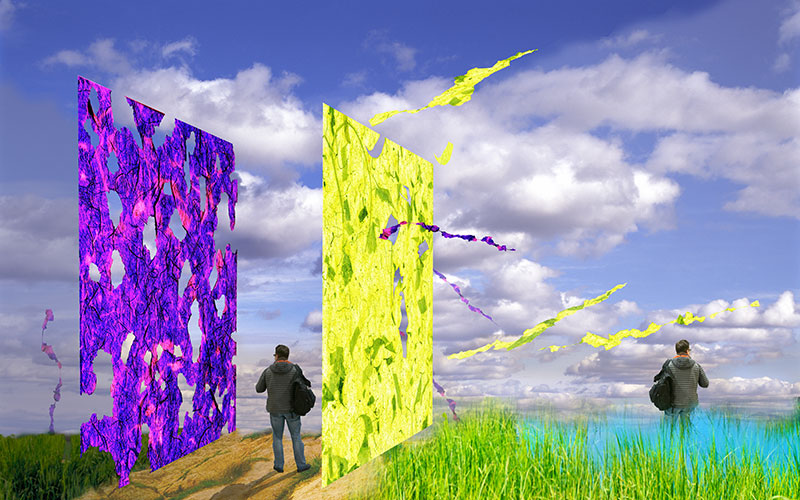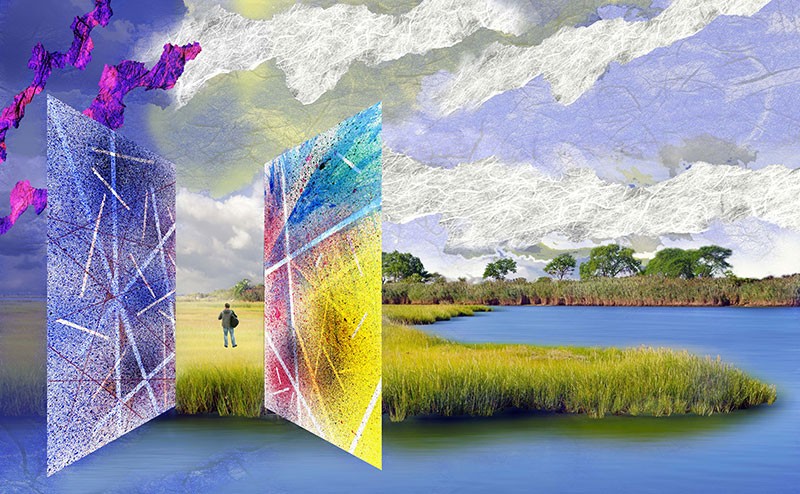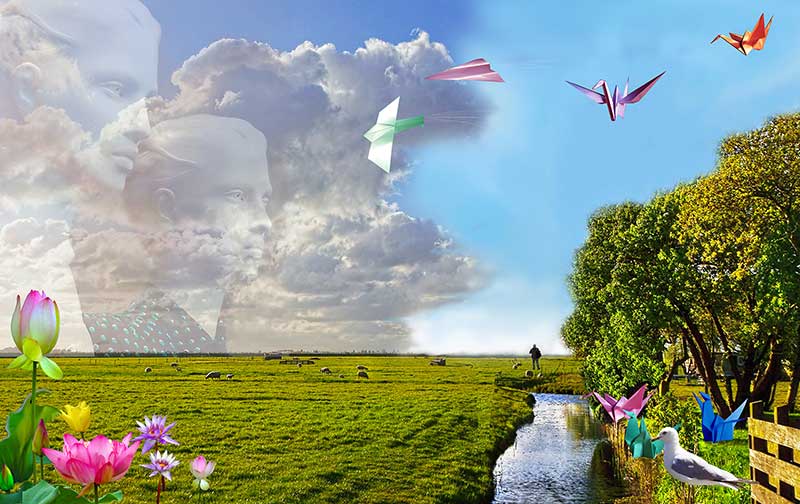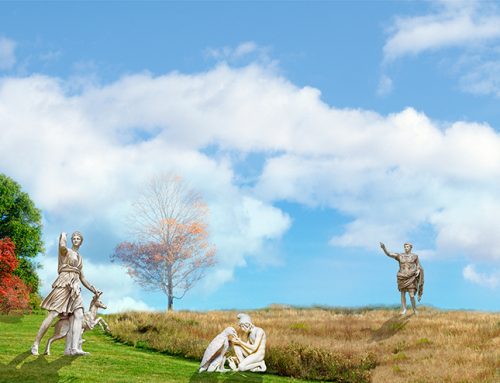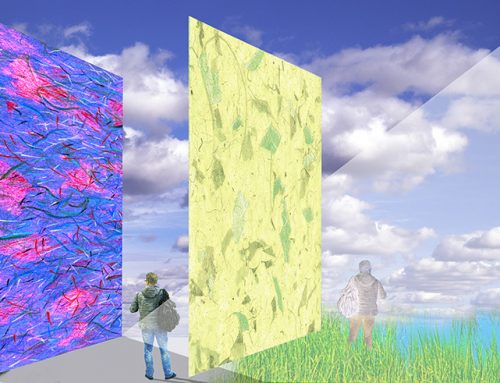Surrealism movement was one of visual art and literature. This article concentrates on the visual art aspect and specifically on painting.
Origin
“The word “surreal” was coined by the poet/art critic Guillaume Apollinaire (1880-1918). And it appeared for the first time in the program notes for ballet Parade (May 1917)”
General Description
Tate Gallery in the UK has defined surrealism as follows. “A twentieth-century literary, philosophical and artistic movement that explored the workings of the mind, championing the irrational, the poetic and the revolutionary”.
The founder
Andre Breton was a French poet and a critic. He founded the movement in the early 1920s. And he later he also wrote the first Manifesto in 1924 and the second in 1930.
The history
The Dada art movement was a predecessor of Surrealism. The surrealism was a movement that had quite a shocking artistic style. It began in Europe as a cultural movement around 1920. The home base was Paris. The movement dissolved at the beginning of World War II. But surrealism lasted approximately till 1967, ending with René Magritte’s death in Belgium. Seems like many artists still use variants of this style of painting, in their work to this day.
Influences
As stated above, Dada movement influenced the birth of surrealism. And, famed Austrian psychoanalyst Sigmund Freud also influenced the surrealists. In his work, he used various techniques to bring the subconscious of his patients to the surface. Freud wrote a book about dreams: “The Interpretation of Dreams”(1899), a book which influenced the Surrealism movement’s members.
Like Freud, surrealists wanted to delve into their subconscious to increase the power of their imagination. Because the surrealists “dreamed” a lot, they were able to produce their art, with a very special and unique creativity.
“…Surrealism’s goal was to liberate thought, language, and human experience from the oppressive boundaries of rationalism…” (Jon Mann on Artsy.net)
Surrealism manifesto
The French critic Andre Breton published the manifesto of this movement in 1924. He published the second manifesto in 1930.
The manifesto defined Surrealism as: “Psychic automatism … by which one proposes to express … the actual functioning of thought. Dictated by thought…in the absence of any control exercised by reason, exempt from any aesthetic or moral concern”
Surrealism style characteristics
Visually speaking, people at large recognize the surrealistic painting style by the following characteristic: weird and surprising imagery meant to remove the viewer out of their comfort zone.
Surrealists used very often nature motifs. In addition, their subjects often included over-sized objects. And they used the parts making up the overall composition to create scenes that a viewer could recognize. Because of the way the elements were put together, the scene could only exist in a dream. Surrealists juxtaposed the elements of their imagery. They combined things that do not associate with each other to create compositions. Yet, the scenes were very enticing to explore.
The art of the famous Belgian surrealist painter René Magritte’s exemplifies at best the style of surrealism. His paintings depict, absurd impossible unreal scenes with an intriguing sense of humor.
Artists of the movement
The movement was extremely prolific and included many famous surrealist painters. The most well known of them was Salvador Dali. Other famous surrealist painters were: Jean Arp, Max Ernst, André Masson, René Magritte, Yves Tanguy, Salvador Dalí, Leonor Fini, Paul Delvaux, and Joan Miró, Roberto Matta, Leonora Carrington and Dorothea Tanning.
Most famous paintings
“The persistence of memory” by Salvador Dali, undoubtedly the most famous and well known surrealistic painting in history. And, “The son of man” by René Magritte and “The false mirror” by René Magritte.
Conclusion
Surrealism is a most interesting engaging style of art. It appeals to those who are prepared to explore the meaning or coded message of a painting. The style of painting has been somewhat eclipsed by so-called “modernism” and its various forms of visual expression. The following article available on the blog lists short descriptions of many other styles of painting. And in conclusion, surrealism was not only a cultural but also a revolutionary movement that influenced our art world in a big way. To get familiarized with the style, follow the link to an artwork that was painted in this style HERE.
Surrealistic allegorical examples
Suggested sources
“The First Manifesto of Surrealism” (1924) – André Breton
“What Is Surrealism?” – ThoughtCo, Jun. 11, 2017, thoughtco.com/what-is-surrealism-183312 Gersh-Nesic, Beth
“Surrealism” – The MET, Heilbrunn Timeline of Art History, James Voorhies
“Art Term” – Tate Gallery, UK
And other articles on the blog.


